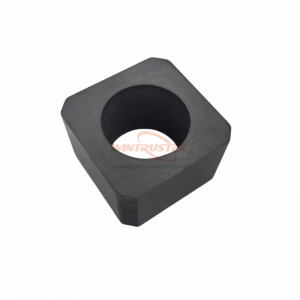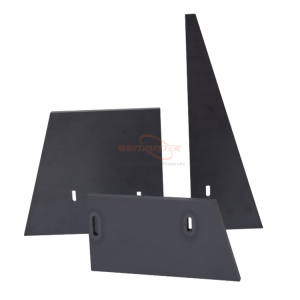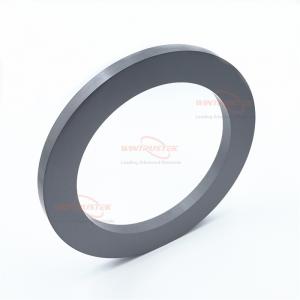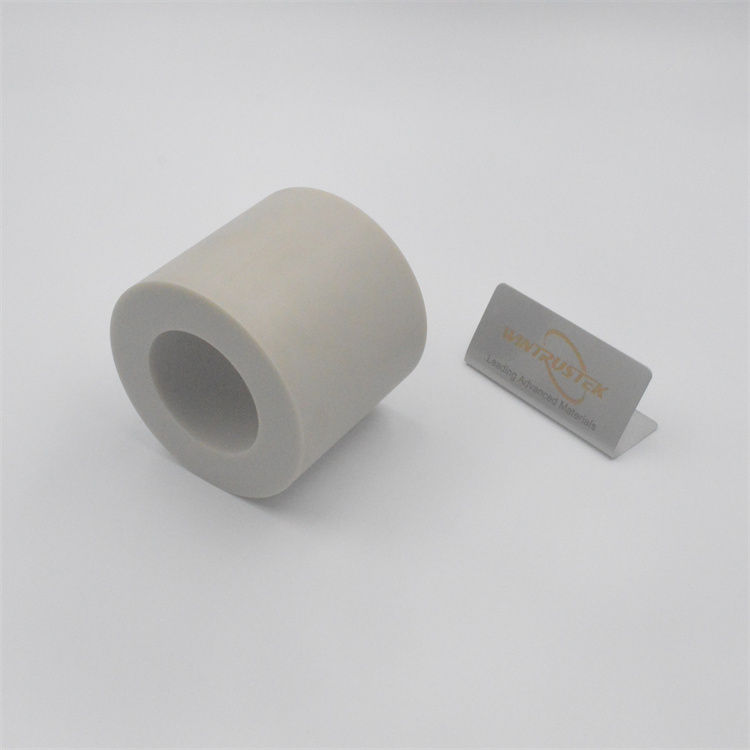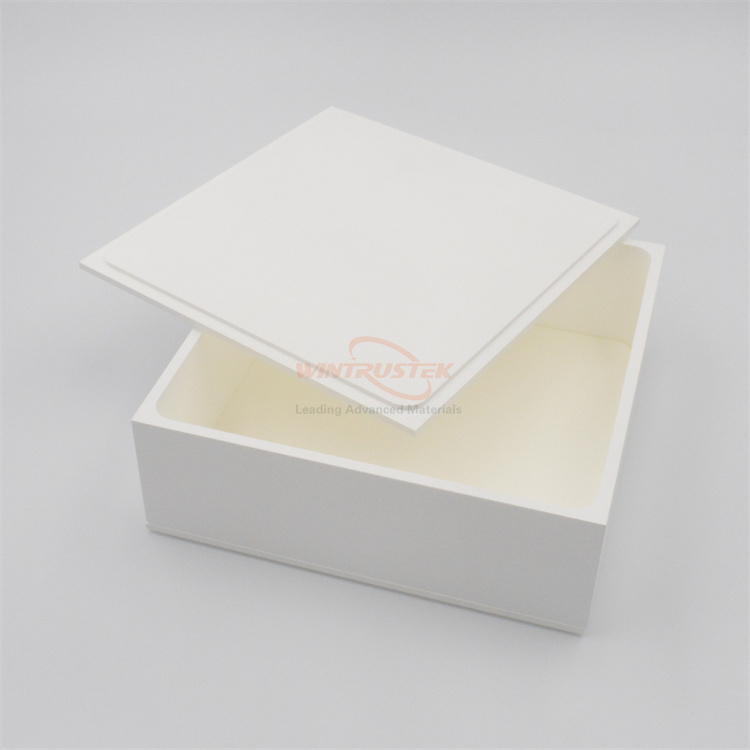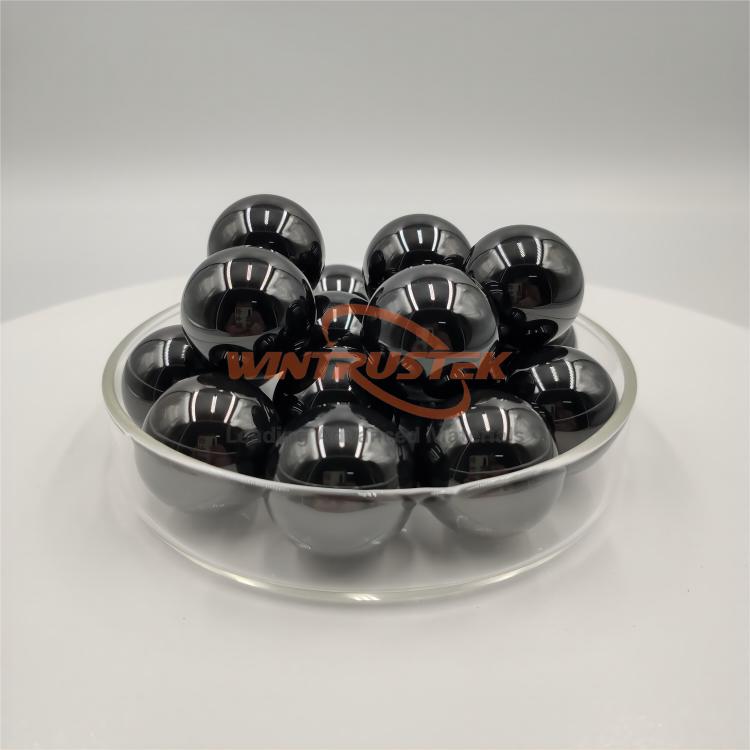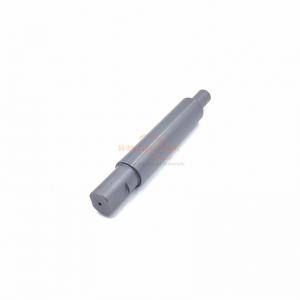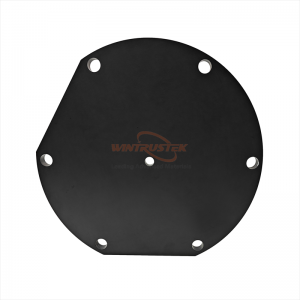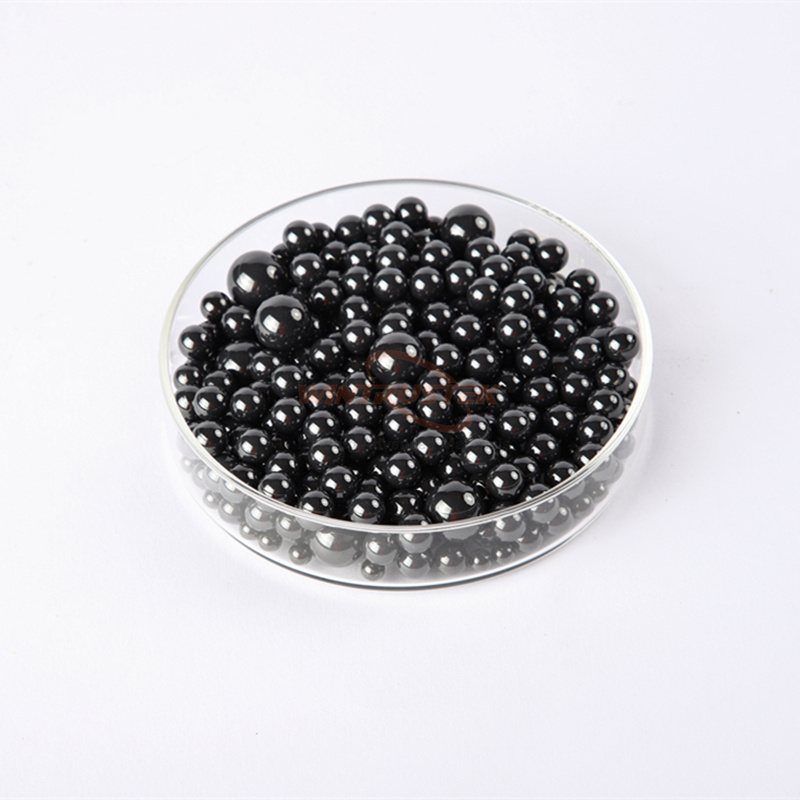
(HIP Si3N4 Ball Produced by Wintrustek)
Sintering is a process in which powdered materials are compacted and heated to form solid bulk. Usually, the procedure takes place below the materials' melting point. The particles are brought into close proximity during the sintering process, and the heat application promotes atomic bonding and diffusion between the particles, leading to densification and the creation of a solid structure. Metals, composites, and ceramics are frequently produced by sintering.
The process known as "hot isostatic pressing," or "HIP," is used to enhance the mechanical qualities and integrity of materials. It entails simultaneously applying high pressure and temperature to a material. In the HIP process, an inert gas is used to pressurize a material that is heated to a predetermined temperature inside a pressure vessel. High pressure and temperature work together to remove internal flaws in castings, like pores or voids, and solidify powder metallurgy materials into completely dense components.
Sintering under pressure (HIP: Hot Isostatic Pressing, SPS: Spark Plasma Sintering, HP: Hot Pressing) has the advantage of lowering the sintering temperatures and duration when compared to natural or free sintering. As a result, it is possible to achieve densification rates that are near to the theoretical density while simultaneously improving control over the microstructures within the ceramics.
Fundamentals of Isostatic Pressure
Applying pressure on a material simultaneously from all directions is known as isostatic pressing. This is accomplished by putting the substance in a bag or sealed container and applying high pressure to it using a fluid medium, usually an inert gas such as argon. Anisotropy and flaws are less likely when pressure is applied uniformly since this guarantees that the material is densified uniformly.
Principles of Hot Isostatic Pressing
A manufacturing technique called hot isostatic pressing (HIP) applies high pressure and temperature consistently in all directions to densify materials, especially advanced ceramics. For the production of high-performance ceramics with improved mechanical, thermal, and electrical properties, this method is essential.
Processes of Hot Isostatic Pressing:
Green Body Formation→Green Body Placed in a Sealed Chamber→Controlled Heating Process→Isostatic Pressure→Maintaining the Pressure and Temperature→Controlled Cooling Process
Wintrustek produced many HIP Si3N4 parts, here, we mainly force on the introduction of HIP Si3N4 ball.
Hot isostatic pressing (HIP) silicon nitride ceramic balls are among the most advanced methods for producing silicon nitride materials. It is notable for its capacity to function in harsh settings where traditional materials are ineffective. Because of its incredibly resilient structure, it can withstand thermal shock and remain stable in the face of abrupt temperature changes. Because it is non-magnetic and non-conductive, it can be used with delicate electrical or medical equipment, and its low friction coefficient guarantees smooth performance in high-speed rotating systems. This ceramic ball is reliable whether it is used in vacuum systems, exposed to chemicals, or run without lubrication.
Advantages of HIP Si3N4 Balls:
Wear-resistant
Light weight,
Electric insulation
A higher compressive strength.
Higher densification. Solving the surface or interior defects, especially the porosity, then, we can get a good sealing effect.
Higher toughness. Ceramic material is brittle. With higher toughness, when shocked fiercely, the cracks and defects will occur less. We can say that a higher toughness can avoid a destructive failure.
To sum up, hot isostatic pressing is a game-changing technique in the field of ceramic processing that opens up new possibilities for ceramic applications in a variety of industries and provides a route to better material qualities. In order to create ceramics that satisfy high performance requirements, the HIP process precisely regulates temperature, pressure, and time. It plays a crucial role in the development of ceramic materials and their use in significant fields. As for the HIP Balls, in the need for high speed, maintenance-free, anti-electrical corrosion, and other application environments, they play with exceptional dependability and security.







